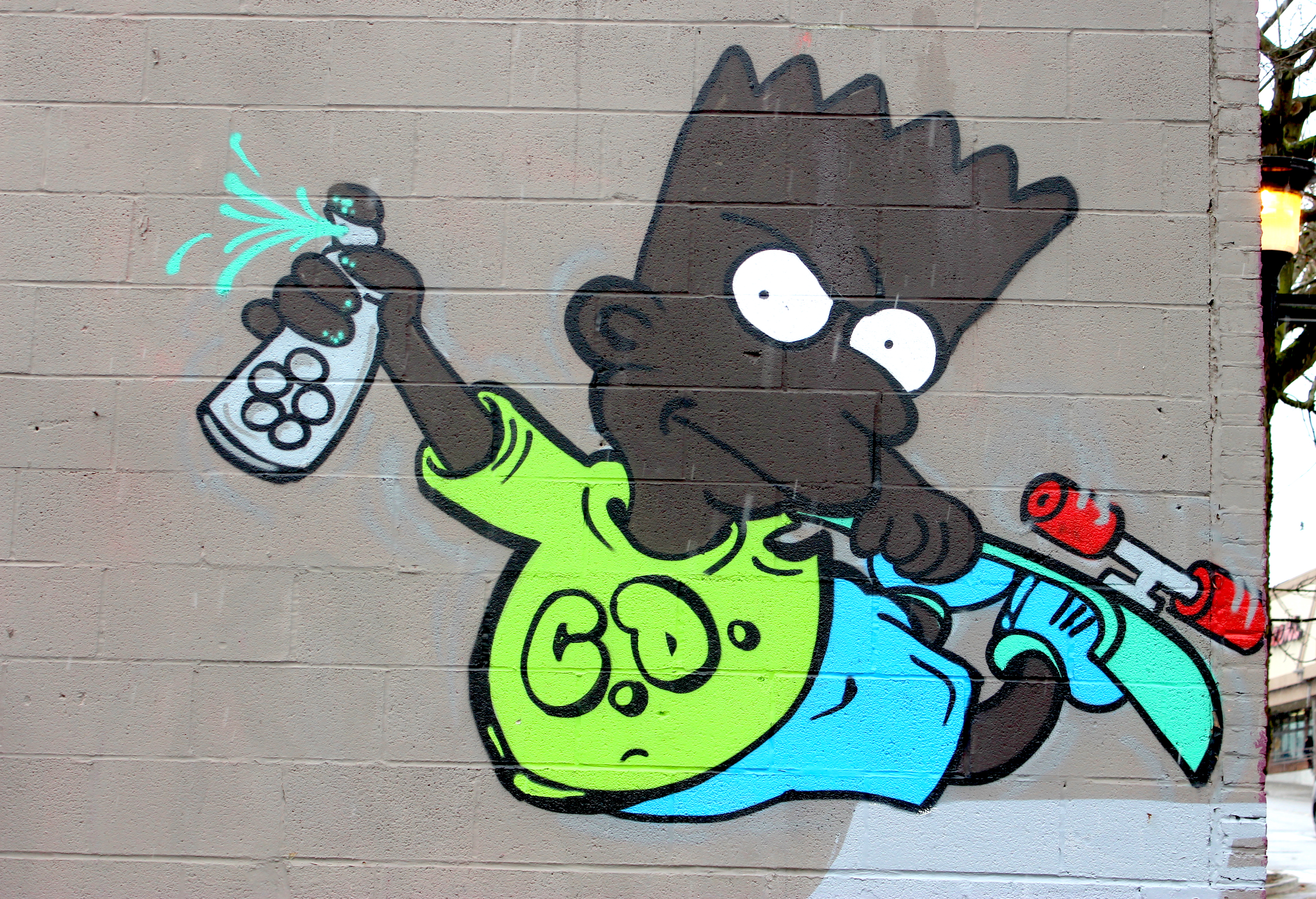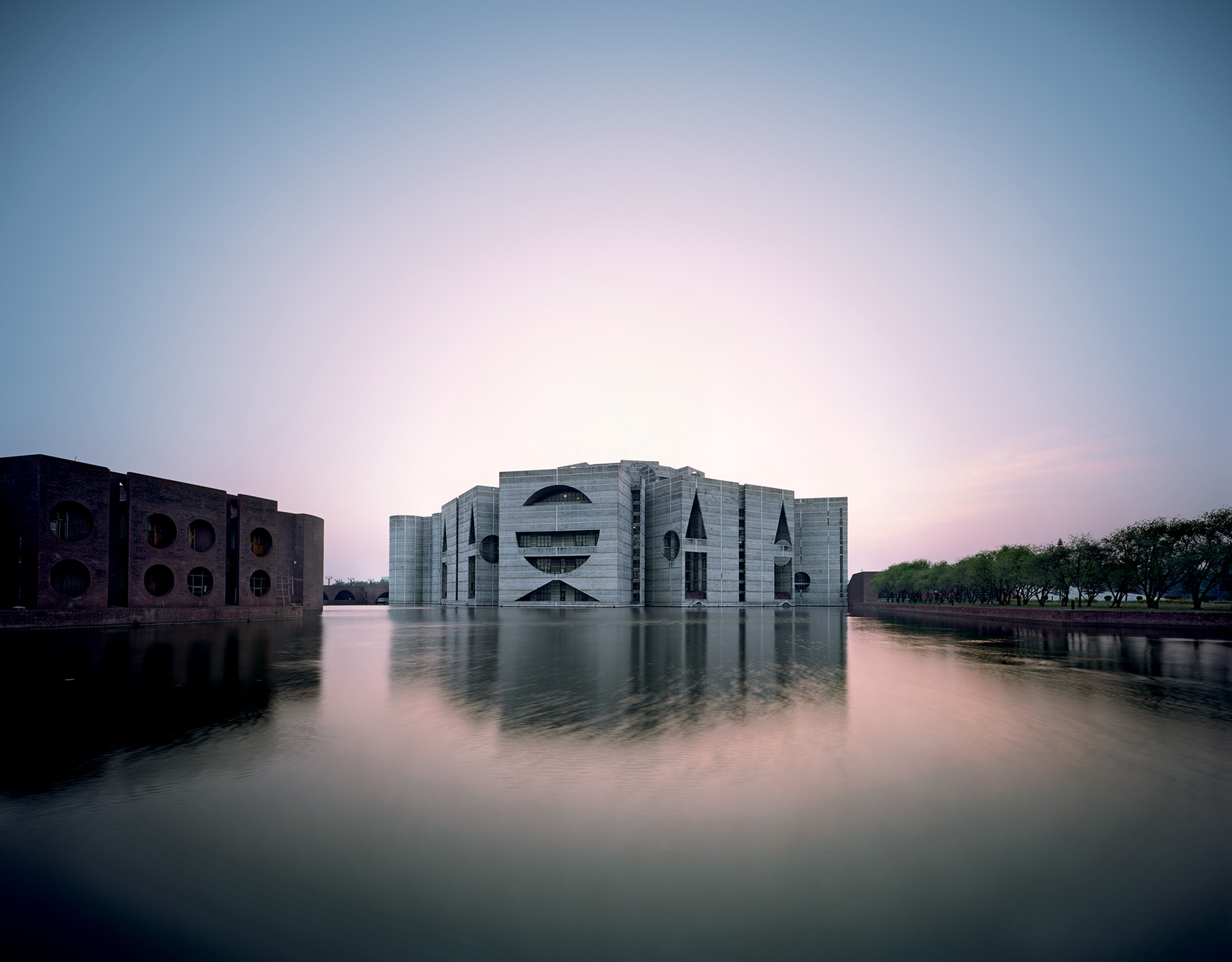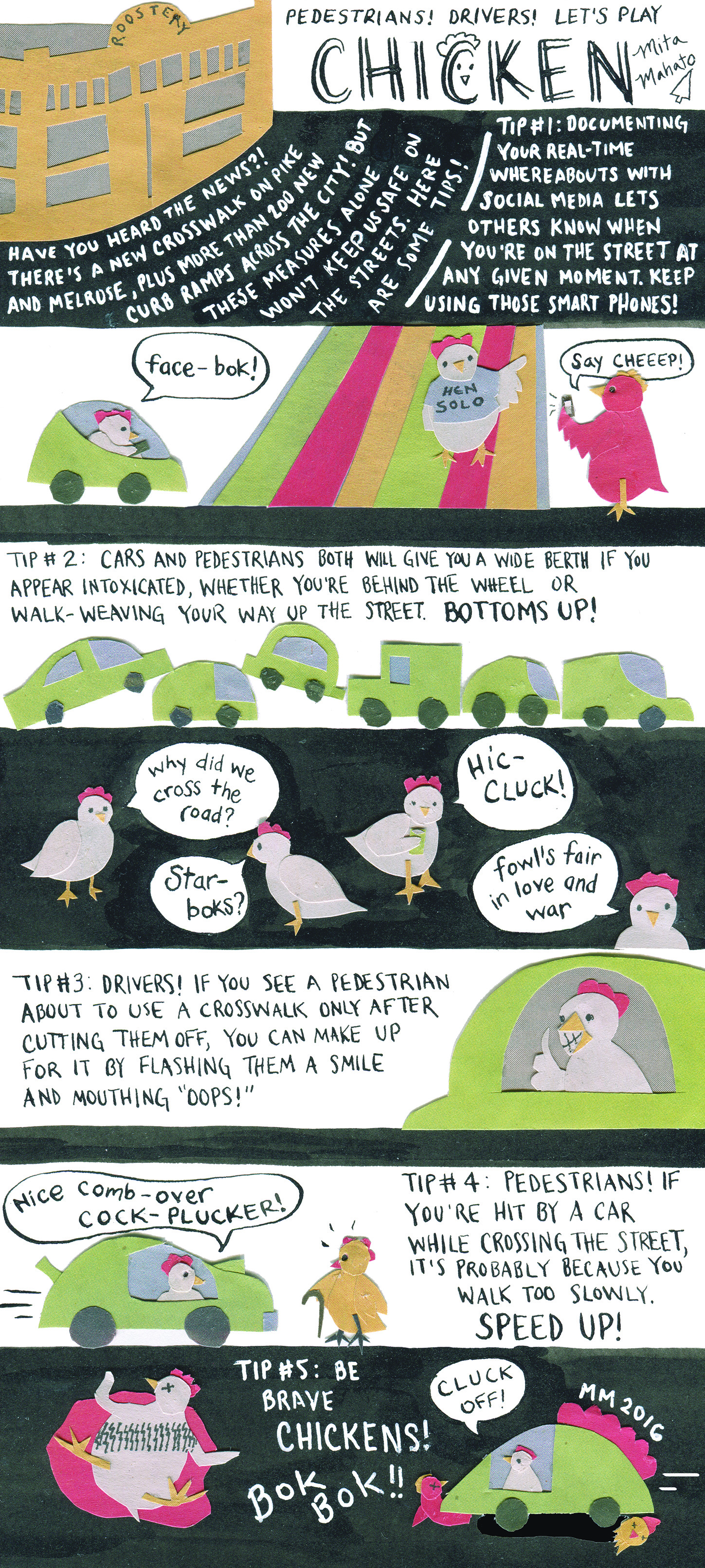One summer during his college days in the late ’70s, Steve Sneed waited in a line that wound around the block to attend a show called Living Black Ain’t Easy, But It Sure Feels Good at the Langston Hughes Performing Arts Center.
So when he returned to his lifelong Central Area neighborhood after graduating from the University of Washington in the early ’80s, he was surprised to find Langston Hughes mostly empty. That was partially due to new white leadership from the Department of Parks and Recreation that didn’t know how to run a black arts center, he says, as well as the imposition of new fees for the previously free classes that had made the space so vital. “I’d grown up performing there in African drum and dance groups in the ’70s, went off to college, and when I came back, it was like ‘Wow, nobody’s using this space?’ ” Sneed says. “Parks and Rec was going to tear it down because they didn’t know what to do with it.”
In 1989, when Sneed started an 11-year career as the executive director of Langston Hughes, he helped save the black arts theater from Parks and Rec’s chopping block by reinvigorating the space with an an anti-drug, anti-gang, hip-hop-infused youth musical called Peer Pressure. The locally written production starred a then-teenaged Derrick Brown, who would grow up to become one of Seattle’s defining hip-hop producers—Vitamin D. “The parks department backed down after Peer Pressure and actually turned around and paid to renovate the theatre,” Sneed says. Out of what could’ve been a major cultural blow came an incredible opportunity for growth.
At the dawn of 2016, Sneed, along with a vast coalition of cultural leaders from the neighborhood, are facing a very similar situation, albeit on a much larger scale. They must figure out how to simultaneously preserve the black cultural identity of the entire Central Area, currently under siege by development and gentrification, while also launching a sustainable, vibrantly black future. This is the charge of the newly ratified Central Area Arts and Cultural District program, signed into law by Mayor Murray on Dec. 17 and endowed with a $50,000 grant from the city.
“We know realistically we’re not going to see the Central Area become 90 percent black again,” says Sneed, the program’s co-chair. “At around 7 to 10 percent black today, that’s not going to happen. But if the neighborhood could at least reflect in living, business, and play an African-American spirit, and my grandchildren can grow up here seeing their reflected presence in the art, even in the new development, that’s really my hope.”
The Central Area is the second Seattle neighborhood to receive the relatively new “Arts and Cultural District” designation, the first being Capitol Hill in late 2014.
“With the Capitol Hill group, it was ‘We need to remind people this is more than a binge-drinking neighborhood,’ ” says City of Seattle Cultural Space Liaison Matthew Richter. “And in the Central District, it’s ‘We need to remind people this is more than a housing neighborhood for tech workers.’ You look at 23rd and Union; it’s just a clustercuss of development now.”
In an ironic twist, the neighborhood Seattle’s black population was forced into thanks to racist “redlining” real-estate and loan practices throughout the ’60s has suddenly become one of the hottest markets for majority-white businesses, developers, and homeowners.
Drivers negotiating 23rd Avenue today are met with a sea of reflective orange construction noodles and detour signs. The Central Area’s main thoroughfare, now an obstacle course of development and SDOT street-improvement projects, is even trickier to navigate on foot, turning the average stroll into something closer to an episode of American Ninja Warrior. One of the messiest construction nodes sits at 23rd and Jackson, home to the six-acre Promenade 23 retail cluster, which Paul Allen’s behemoth real-estate company Vulcan officially started evaluating for development two days before the Cultural District plan was signed into law.
“I can easily imagine that looking like Allentown in a number of years,” Sneed says, “but if housing goes there, you’ll have activity, which means you could put music on the streets.”
The Africatown concept would apply the Chinatown/ International District approach to the Central Area.
One of the many novel ideas kicking around at the preliminary Central Area Arts and Cultural District meetings has been turning the Jackson Corridor, formerly the heart of the Seattle jazz scene that birthed legends like Ray Charles, Quincy Jones, and Ernestine Anderson, into a city-funded live-music corridor. With financial support from the city, local musicians could be brought in to perform regularly on the streets and sidewalks for the community.
While nothing is confirmed yet, the earliest fruits of the Cultural District designation and the $50,000 “Creative Placemaking Toolkit” grant that comes with it will be physical and aesthetic landmarking—things like official gateways into the neighborhood designed by local artists; murals that tell the neighborhood’s story; wayfinding signage directing people to major venues like Washington Hall or Langston Hughes; community boards displaying ongoing schedules for current neighborhood arts events; and historic markers denoting where significant arts history was made. Already on the to-do list are new, professionally painted red, green, and black Pan-African flag crosswalks around the neighborhood, which zealous neighborhood artists installed themselves (using spray paint) in response to Capitol Hill’s new city-sanctioned rainbow Pride crosswalks before the Central Area Arts and Cultural District was a reality.
The crosswalks represent an interesting intersection of the aims of the new Arts and Cultural District and one of its major partners, the Africatown initiative, driven by community leader Wyking Garrett. In essence, the Africatown concept would apply the Chinatown/International District approach to cultural preservation, which has been successful on a national level in establishing thriving economic and cultural districts for pan-Asian communities, to the Central Area.
“It would offer a place where the best of the black experience, including the African diaspora from Ethiopia, Eritrea, Somalia, the Caribbean, the South, could grow and add value to all of Seattle,” says Garrett. “It’s about saying this has been the heart of the black American community in Seattle for 130 years.” Using an “asset-based community-development approach,” the concept would explicitly reframe what’s already in the area—thriving black art, black businesses, pan-African and soul-food restaurants—as “Africatown,” a destination for a distinct cultural experience. In the past couple of years, the idea has picked up endorsements from nearly every City Council member and Mayor Murray; but the Cultural District program, which shares a lot of the same language with the Africatown vision, can now serve as a tangible framework on which to grow and provide an even larger brain trust of community leaders to tap into.
“Actually, the timing is very beautiful for us,” says Heidi Jackson, a Cultural District partner and the chief operating officer of the Hidmo Cypher program at Washington Hall in 2011. For the past four years, Hidmo and the other anchor tenants there, including 206 Zulu and Voices Rising, haven’t been able to offer quite as much programming as they would like, mired as they are in a capital campaign to renovate Washington Hall. But the final phase of renovations are slated to finish in July, meaning the Cultural District vision will just start to take shape when Washington Hall and the arts organizations inside fully re-emerge into the community, offering programming and event space again.
“The greatest thing about the Cultural Arts District in terms of my involvement has just been the energy of coming together and sitting at the table, talking with all these organizations and community members with a common purpose,” Jackson says. The District partners, which include the Northwest African American Museum, the Black Heritage Society of Washington State, Pratt Fine Arts Center, and many more, will meet monthly at Langston Hughes, and have their first major planning retreat scheduled for the end of this month. “We’re all coming together with different perspectives and sometimes even different agendas, but we all want to see the same result,” she adds.
While preserving and supporting black arts is the Cultural District’s main goal, everyone on the board agrees that one long-term goal is securing affordable housing where black artists can live. With City of Seattle muscle and methodology that Richter says the Cultural District program is currently developing, the hope is that the new designation will provide some bargaining leverage in scoring affordable housing and artist space out of future developers, like Vulcan, looking to cash in on the neighborhood.
“The legislation passing and this first phase of activity that will take advantage of the toolkit, that’s really just the beginning piece,” Jackson says. “This is looking to be a much broader movement.”
ksears@seattleweekly.com








